I checked in on a few of my former student teachers today. Each of whom are shining examples of professionalism, commitment, and creativity in their classrooms. They have been on my mind alot lately, as daily news of the government sponsored attrition games occupy headlines and conversations across the province. I am sure they represent the hundreds, even thousands of new educators who have recently joined our calling.
It’s rough out there right now, and for many new hires to school boards the uncertainties of the day are leaving many wondering what the future holds? For each one of these amazing educators, things are changing and there is not much they can do to about it until the facts and figures are finalized. It must be difficult to know that the educational landscape is shaking beneath so many feet. We all need something to hold on through the experience.
Sharing what we have in the emotional toolbox may be all that can be done for now. I encourage everyone to keep checking in on one another as we remain united and ride out the storm. A call, an email, or time for a cup of coffee could provide a little needed encouragement. I have noticed that even veteran teachers are feeling the tension of these days too. I have caught myself stress eating, acting a little more impatient than usual, and struggling for motivation. I’ve taken to breathing exercises to slow down my busy mind. Perhaps it’s the unknowns of it all that are keeping me off my game?
To get a sense of it all I have been turning to Andrew Campbell. He curates Ontario Education Cuts. This is a list of announcements and projections from school boards and grade panels that challenges the message being delivered by the province to the public and school boards about job losses, shrinking course offerings, expanding class sizes, and shifts to online instruction.
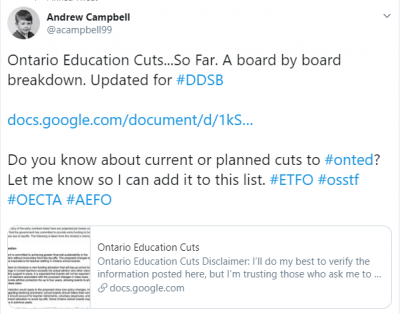 The information and numbers in this document seem to add up differently than political messages about job losses over time due to attrition and attrition alone. Maybe there is a Math Curriculum revision opportunity in the works here since such skewed accounting discrepancies exist?
The information and numbers in this document seem to add up differently than political messages about job losses over time due to attrition and attrition alone. Maybe there is a Math Curriculum revision opportunity in the works here since such skewed accounting discrepancies exist?
What we all need is to have the complete set of numbers to work with before we can truly provide assurances to our new teachers that there will be jobs for them in education.
I remind myself that I am surrounded by incredibly dedicated and caring professionals whose lives are dedicated to making the world a better place. Stay informed. Stay encouraged. Be strong. We are all here to support and lift each other up when things get rough. Sometimes it might be a time for a cup of coffee and a conversation. Other times, it might be a simple reminder to breathe.

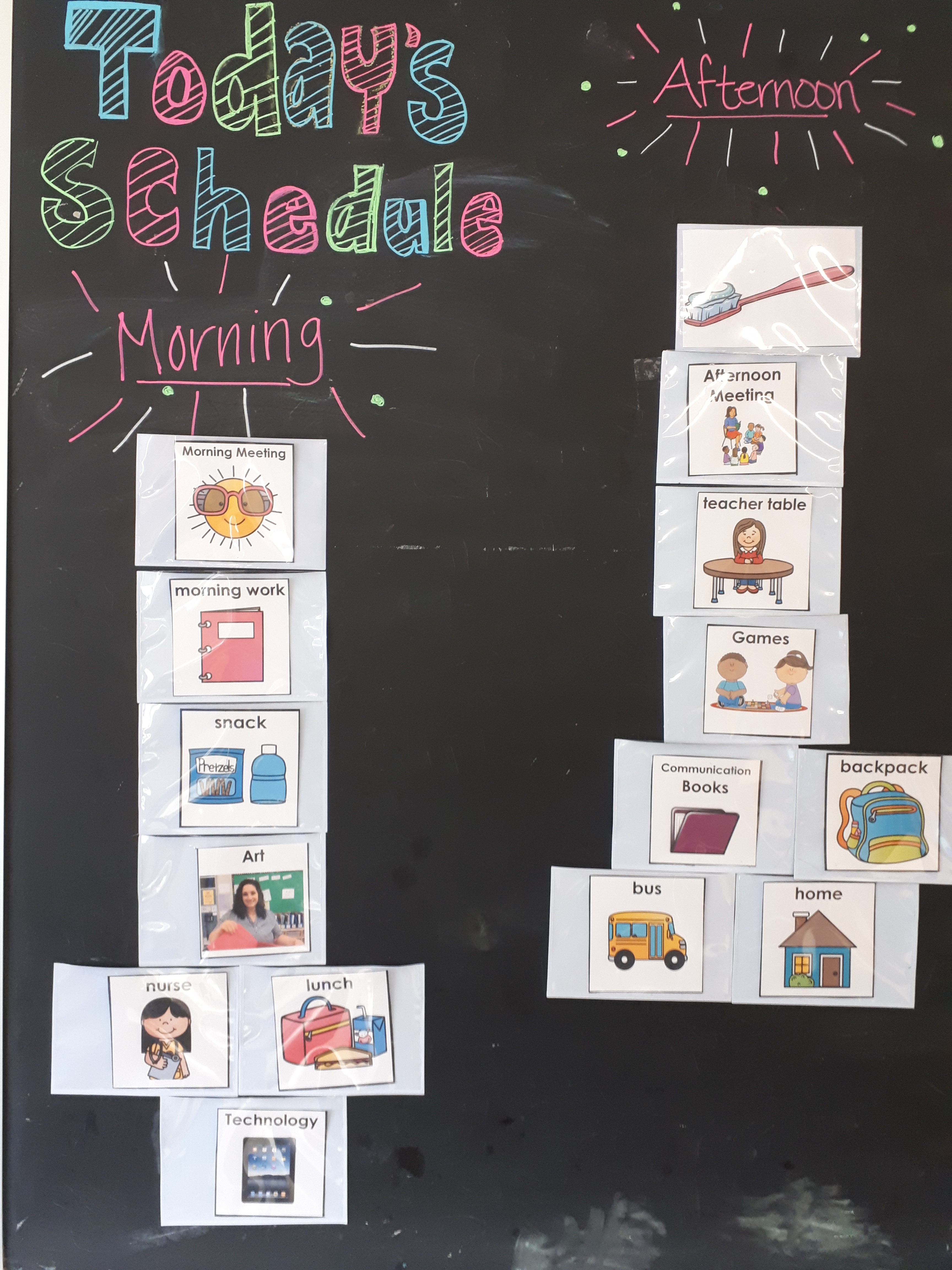
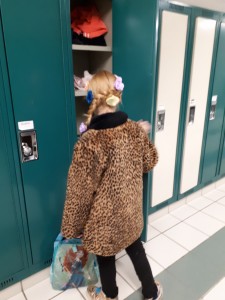
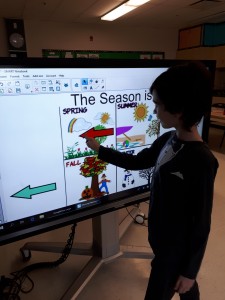
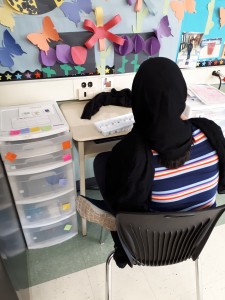

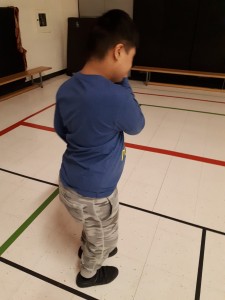
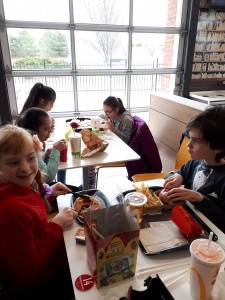
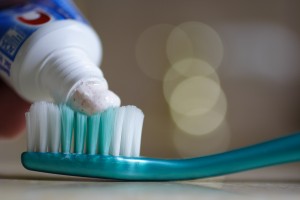

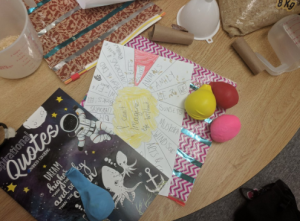 When building out toolkits, students used ideas from our discussions and activities from our sessions together to help build their own physical kits. We started off with ziploc bags and students decorated them with duct tape. This really was an idea from one of the students who had used it in the past to create her own pencil cases and she thought it would be a great – and inexpensive – way to personalize our own toolkits. Once the toolkits were designed, it was time to think about the items that they wanted to include.
When building out toolkits, students used ideas from our discussions and activities from our sessions together to help build their own physical kits. We started off with ziploc bags and students decorated them with duct tape. This really was an idea from one of the students who had used it in the past to create her own pencil cases and she thought it would be a great – and inexpensive – way to personalize our own toolkits. Once the toolkits were designed, it was time to think about the items that they wanted to include.  Wellness Journal
Wellness Journal 



